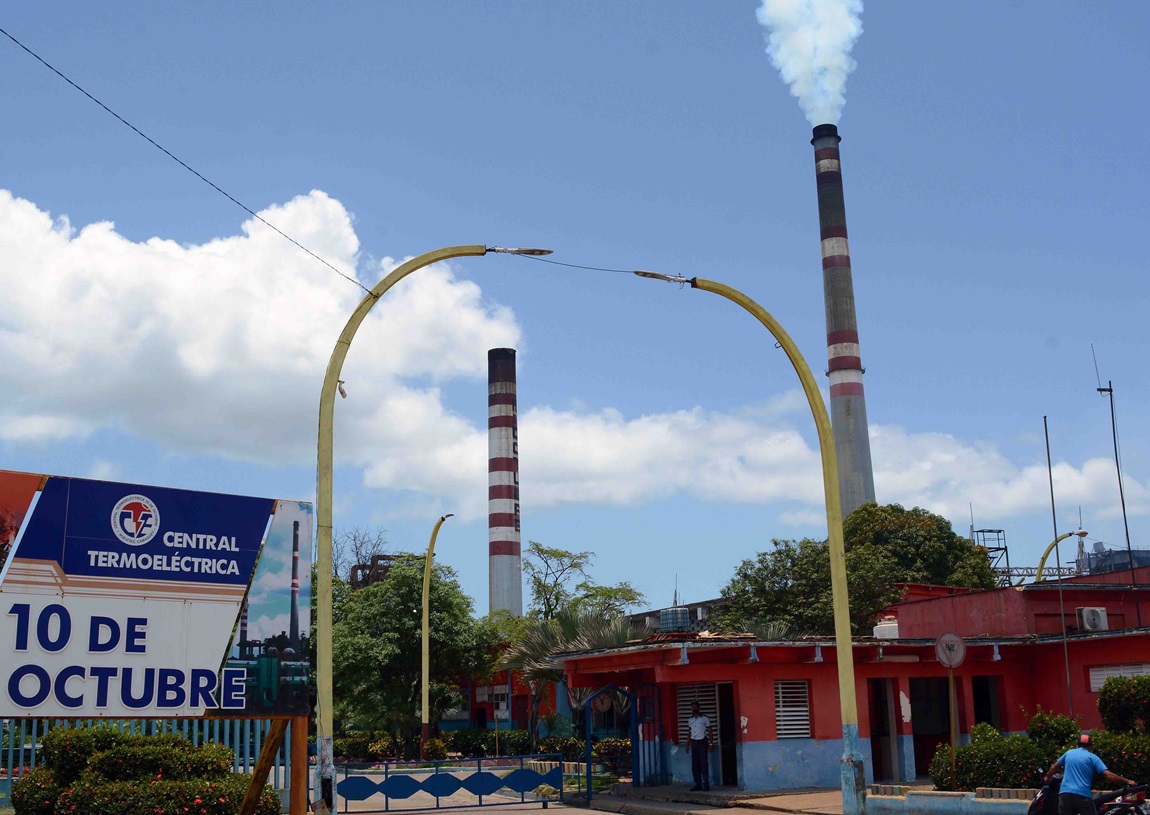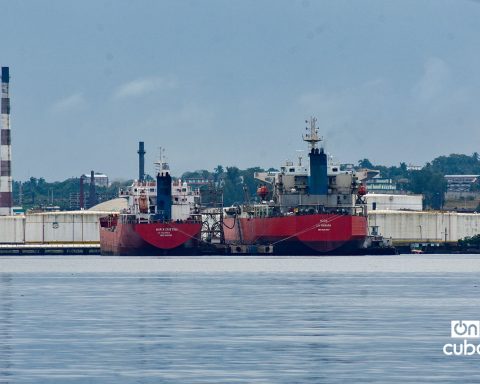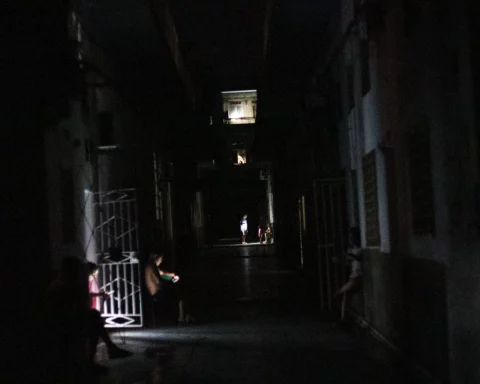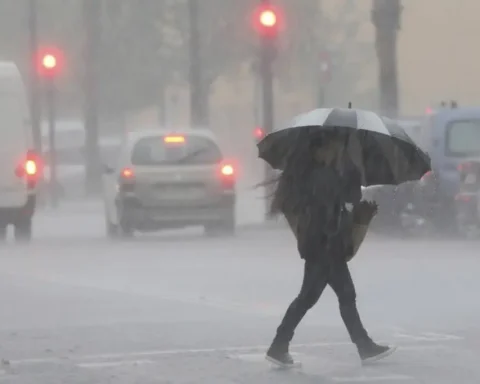The crisis of electricity generation in Cuba It experiences a new peak only in the first month of 2025.
After the breakdown of the Guiteras thermoelectric plant this Saturdaynew units have suffered breakages, which, together with the lack of fuel, has once again increased the blackouts on the island to the level of the worst moments of last year.
This Sunday, the Electrical Union (UNE) reported as damaged units 5 and 8 of the Mariel thermoelectric plant, in addition to Felton 2, out of the system since 2022. And today, although Mariel 8 has already been reconnected, unit 5 is still out, and they also have breakdowns 6 in Nuevitas and 3 in Renté.
La Guiteras, whose reincorporation into the National Electric System (SEN), is reported in maintenance, like other units in Santa Cruz del Norte, Renté and the two blocks of Cienfuegos that days ago suffered a fire while work was being done on its repair.
To this must be added 53 distributed generation plants out of service due to lack of fuel, one more than the previous day. For this reason, 296 MW will no longer be generated.
With such a scenario, the UNE foresees an impact of 1,250 MW during the day and up to 1,680 MW during peak night hours. This means that more than half of the country will suffer from simultaneous blackouts at that time.
According to agency calculations EFEpower outages will simultaneously affect up to 52% of the country, the highest rate of the year and one of the highest records in recent months.
Cuba is going through a prolonged energy crisis in recent years, due to repeated breakdowns in its thermoelectric plants, with decades of operation and a chronic investment deficit, and to the lack of fuel, due to the lack of foreign currency to import it.
The frequent blackouts weigh down the Cuban economy, which contracted 1.9% in 2023 and did not grow last year, according to the Government’s own estimates, while they have fueled social discontent and have been a catalyst for street protests and an unprecedented wave migratory.

















